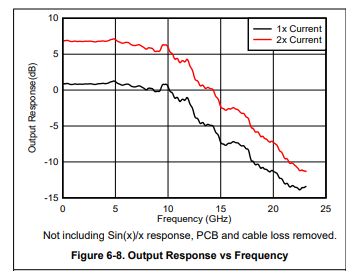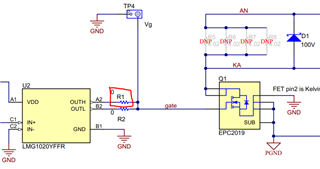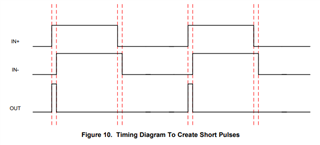Other Parts Discussed in Thread: LMG1020EVM-006, DAC39RF10, DAC39RF12, LMG1020
Hi,
Could I utilize the combination of LMG1020EVM-006 + DAC39RF10EVM to design something that can output minimum 300ps short pulse? the main reason of the DAC with high sample rates here is that I like to program the rise time slope. For example, 1ns short pulse is generated, and I like to change the rise time but keep the total of rise time, fall time and pulse width constant. Thank you.
Regards,
Simon




